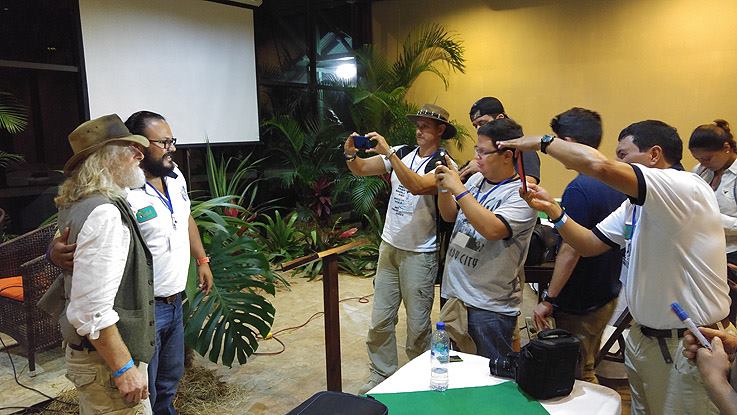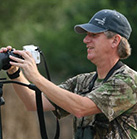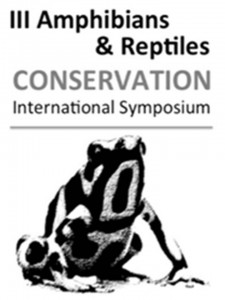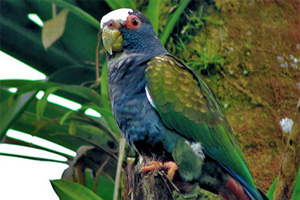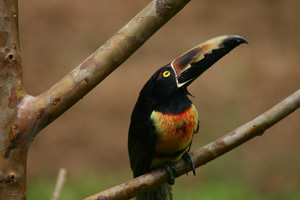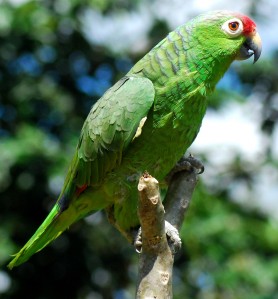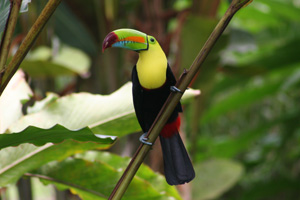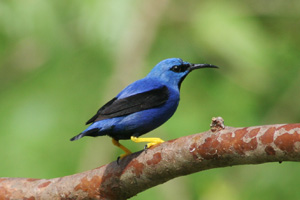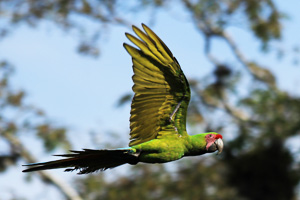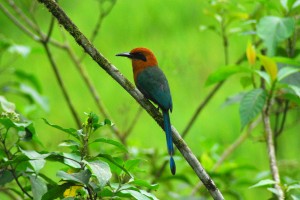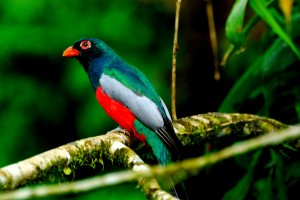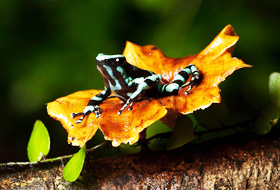
Taller de Fotografía de Naturaleza en Selva Verde Lodge impartido por Jaime Culebras (Septiembre 8-12, 2017)
El renombrado fotógrafo Jaime Culebras estará ofreciendo un taller en Selva Verde Lodge sobre fotografía de la Naturaleza. Por 5 días, los participantes exploraran la increíble biodiversidad de Sarapiquí, y aprenderán como capturarla en su esplendor!. adicionalmente el herpetologista Cesar Barrio Amorós, estará presente en el taller. El taller será presentado en Español.
Únete a Jaime Culebras en Selva Verde Lodge Reserva Privada para un taller de 5 días explorando la increíble biodiversidad de Sarapiquí y aprendiendo a capturarla en su mejor momento! Además, nuestro buen amigo, el herpetólogo Cesar Barrio Amorós, estará presente en el taller.
No se trata de ceñirse a aprender sobre el manejo de una cámara, sino llegar más allá, entrenar la mente y ojo para hacer de la fotografía nuestro mejor aliado para plasmar en pequeños instantes imborrables los mejores momentos que vivimos en la naturaleza. Se trata de visualizar la foto antes de realizarla, aprender sobre las condiciones ambientales y del medio para así poder aprovechar cada instante en el campo, marcando la diferencia entre la típica foto y una foto que rompe lo cotidiano.
Selva Verde Lodge tiene la suerte de encontrarse en un enclave incomparable, las tierras bajas de la vertiente atlántica de Sarapiquí, una región con una explosión de formas y colores naturales que le confiere un valor añadido a este taller, para exprimir al máximo ese enigmático mundo que es la fotografía de naturaleza.
Read more
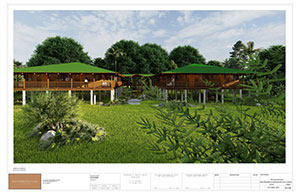 We are excited to announce that in late August or early September of 2023, Selva Verde Lodge will be inaugurating eight new rooms. The location of these new rooms is near the bridge crossing the Sarapiquí River. This will bring the total number of Sarapiquí rooms to 48.
We are excited to announce that in late August or early September of 2023, Selva Verde Lodge will be inaugurating eight new rooms. The location of these new rooms is near the bridge crossing the Sarapiquí River. This will bring the total number of Sarapiquí rooms to 48. 






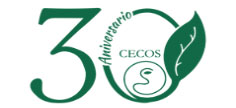
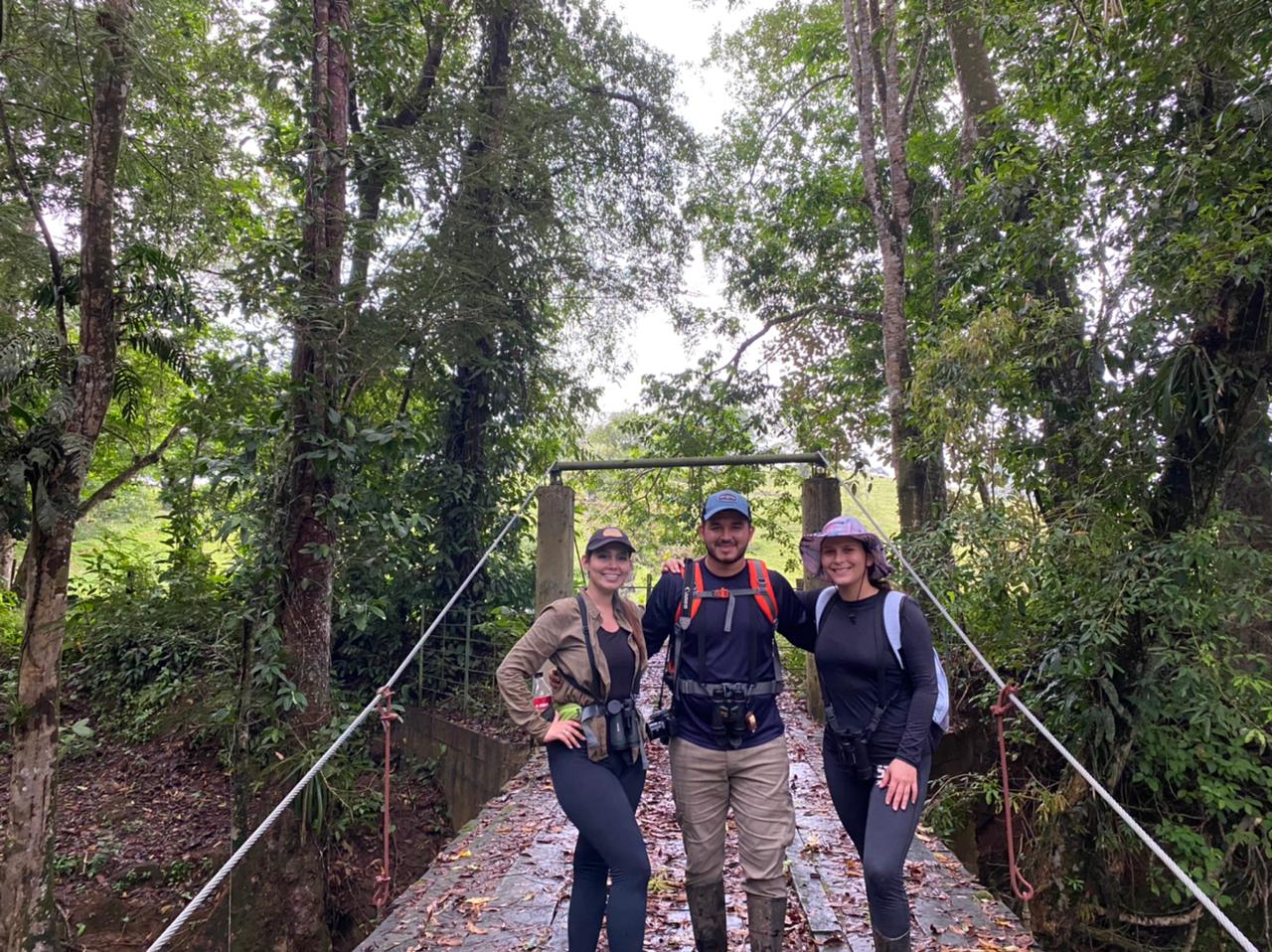
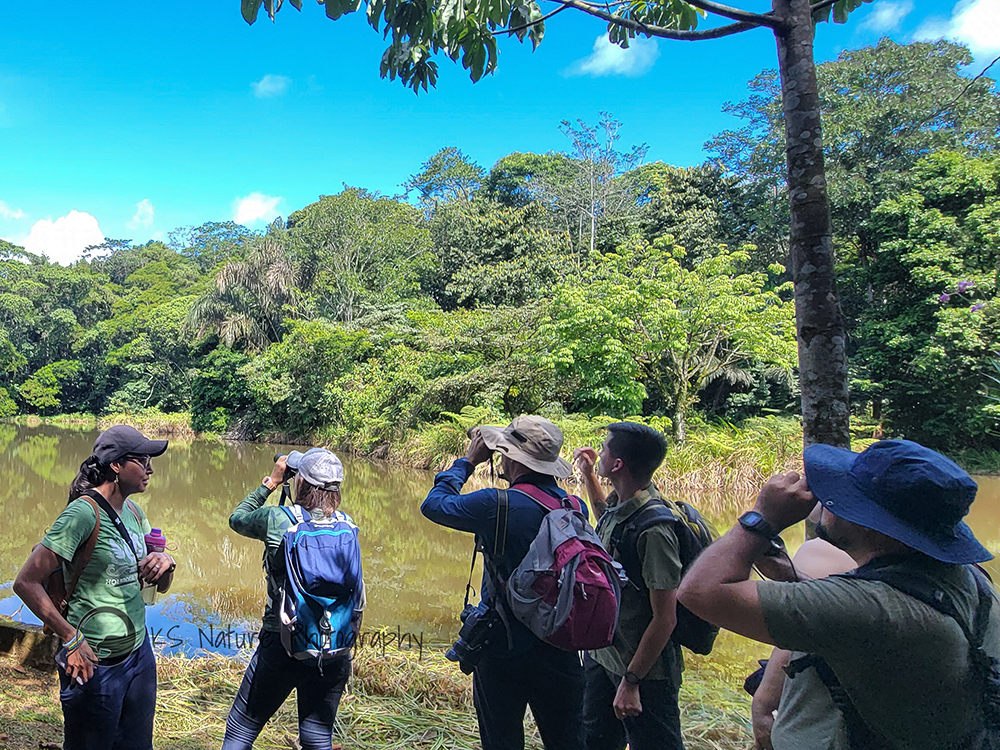
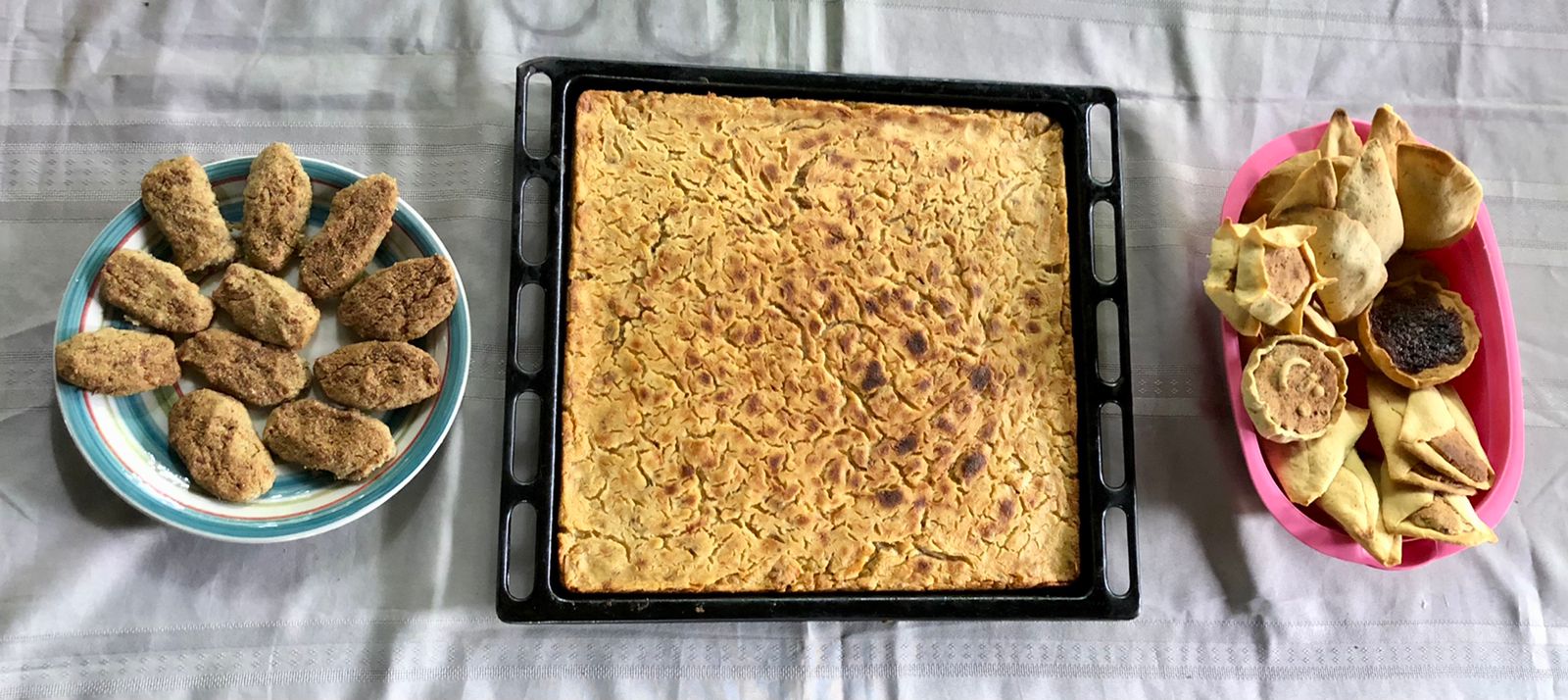
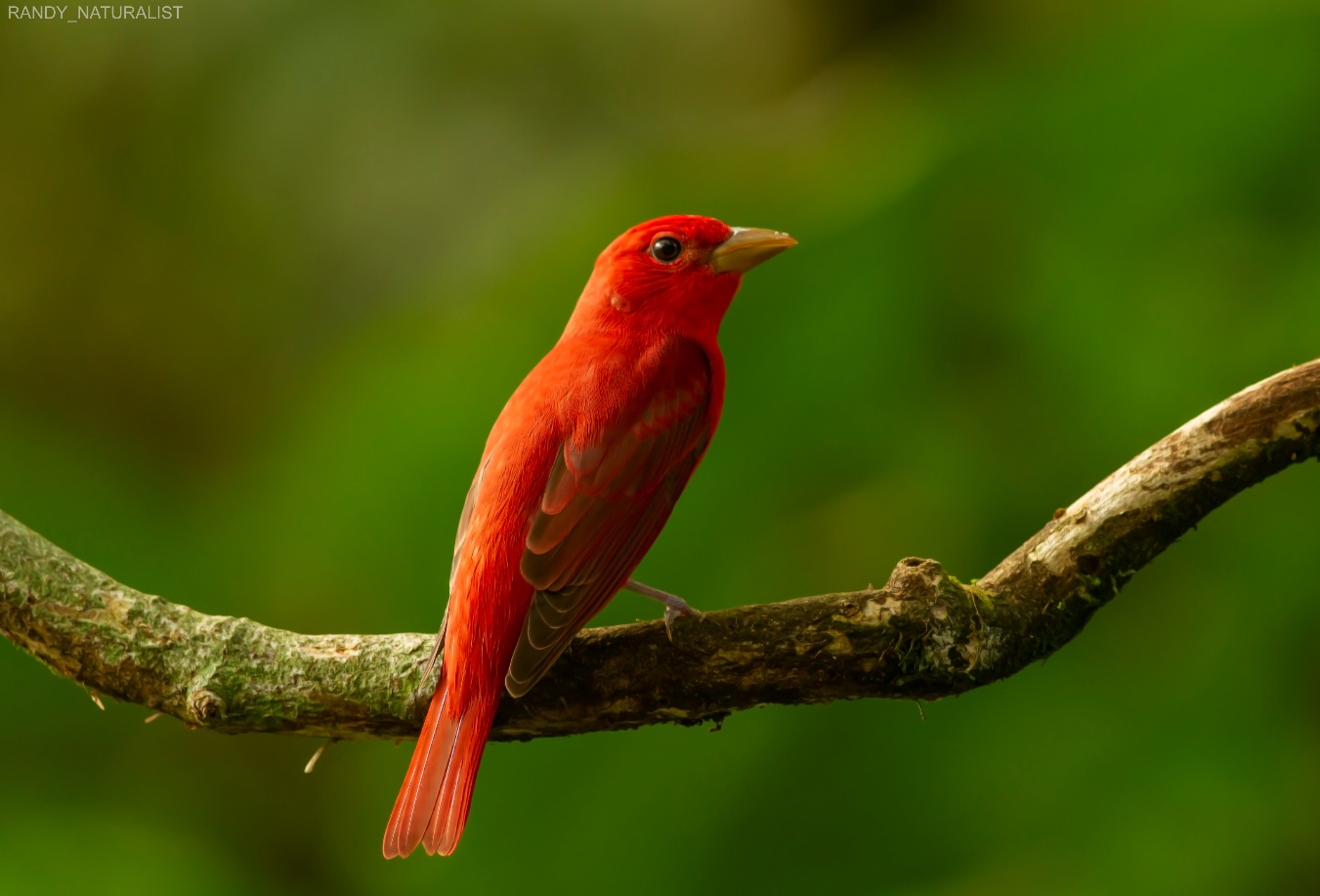 The bird migration has started, and hundreds of species have begun to take flight mainly from North America down to Central and South America. The migration is a movement that birds engage in to seek food, better climate conditions, and even reproduction. Out of the 929 bird species in Costa Rica, approximately 250 are migratory birds.
The bird migration has started, and hundreds of species have begun to take flight mainly from North America down to Central and South America. The migration is a movement that birds engage in to seek food, better climate conditions, and even reproduction. Out of the 929 bird species in Costa Rica, approximately 250 are migratory birds. 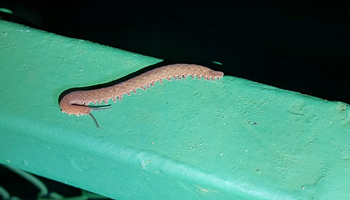 The night of September 9, 2022, during a night hike, our guide Randy Alvarado managed to spot in the primary forest of Selva Verde Lodge a species that is exceptionally hard to find in Costa Rica, a velvet worm (Onicóforo in Spanish). This is one of the oldest living beings in evolutionary terms, as it is known they exist since the Cambrian Period, more than 515 million years ago.
The night of September 9, 2022, during a night hike, our guide Randy Alvarado managed to spot in the primary forest of Selva Verde Lodge a species that is exceptionally hard to find in Costa Rica, a velvet worm (Onicóforo in Spanish). This is one of the oldest living beings in evolutionary terms, as it is known they exist since the Cambrian Period, more than 515 million years ago.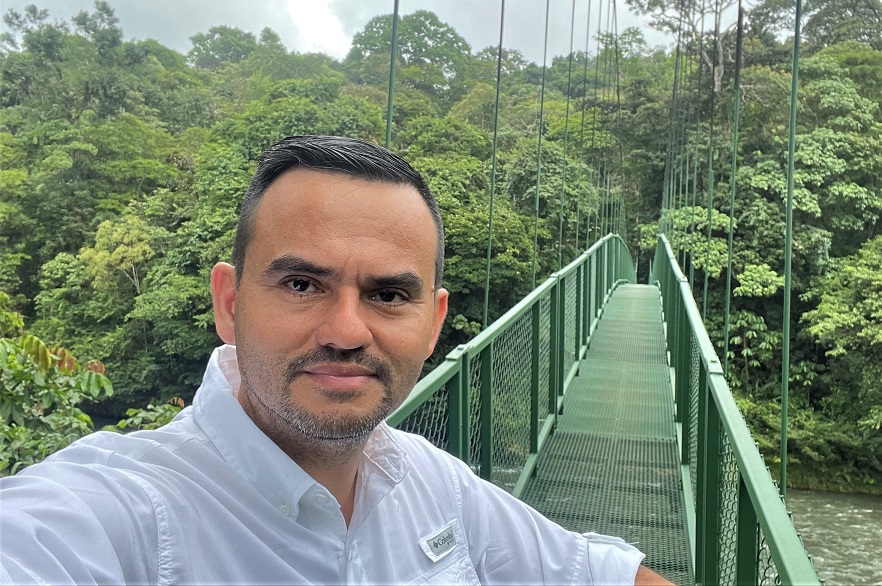 Daniel Torres on the brdige to the rainforest
Daniel Torres on the brdige to the rainforest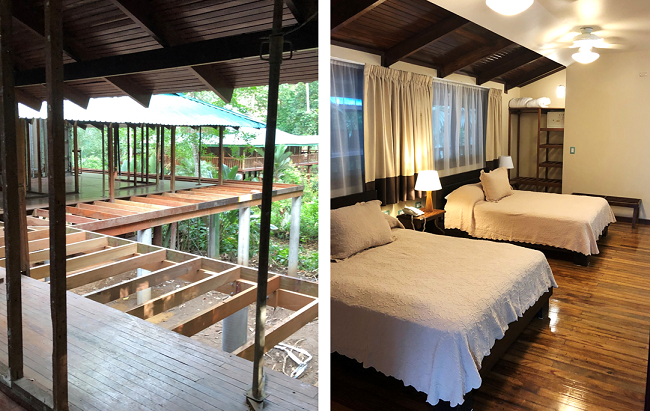 Selva Verde is finishing up the renovation and remodeling of its Sarapiquí Rooms this Fall.
Selva Verde is finishing up the renovation and remodeling of its Sarapiquí Rooms this Fall.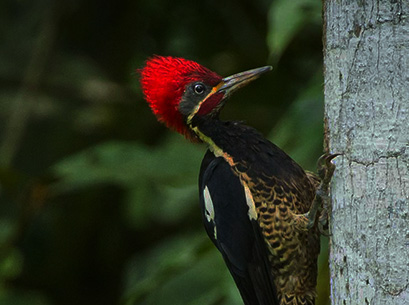

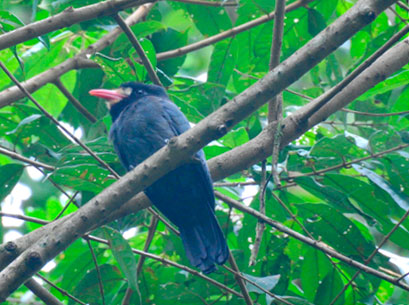
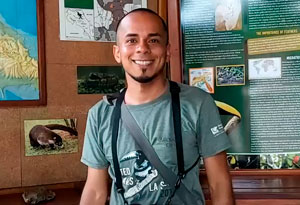
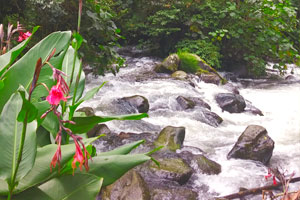 Just off the coast of Costa Rica, amidst the clear blue waters lies an often overlooked and under-protected natural phenomenon: the Costa Rica Thermal Dome. Discovered in 1948 by American scientists, it’s only recently — decades later — that research is beginning to understand its importance in regards to marine biodiversity and climate.
Just off the coast of Costa Rica, amidst the clear blue waters lies an often overlooked and under-protected natural phenomenon: the Costa Rica Thermal Dome. Discovered in 1948 by American scientists, it’s only recently — decades later — that research is beginning to understand its importance in regards to marine biodiversity and climate. 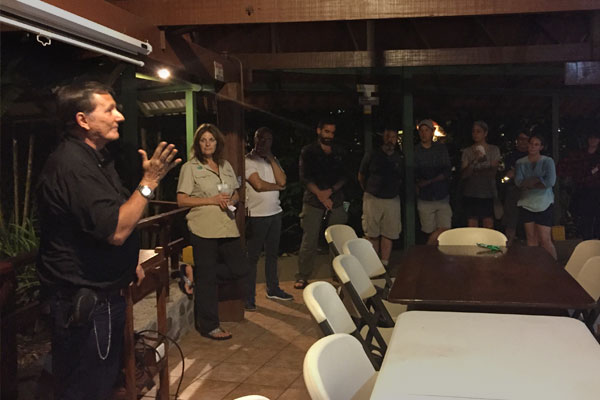
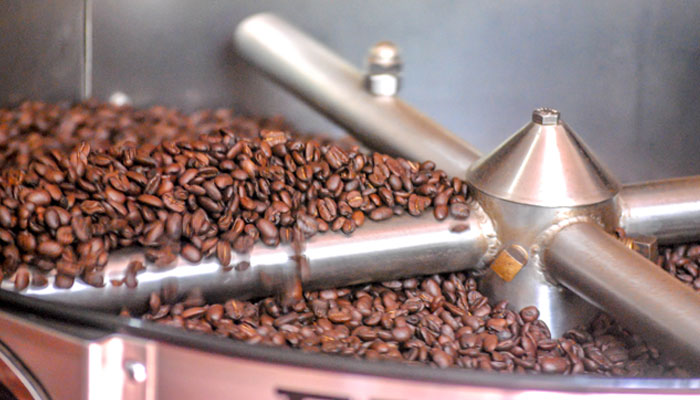
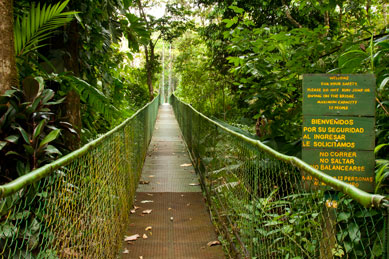
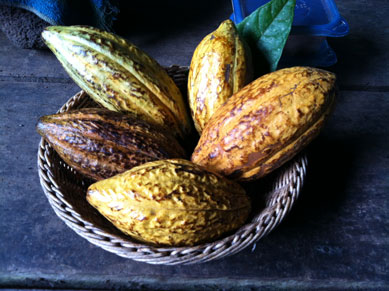
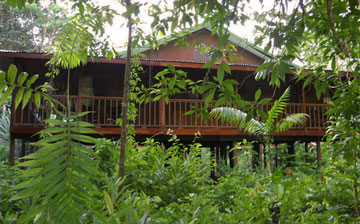
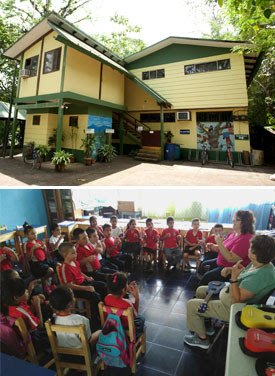 When you experience Selva Verde, you don’t want to miss a trip next door to the Sarapiquí Conservation Learning Center (SCLC). With the mission to link communities and conservation through education and ecotourism in the Sarapiquí region, SCLC continues to thrive! SCLC programs include environmental education, rural tourism activities, English classes, community outreach, women’s groups, and scholarship funds for high school students. Programs are run by international volunteers and community members and serve hundreds of local people and thousands of ecotourists each year.
When you experience Selva Verde, you don’t want to miss a trip next door to the Sarapiquí Conservation Learning Center (SCLC). With the mission to link communities and conservation through education and ecotourism in the Sarapiquí region, SCLC continues to thrive! SCLC programs include environmental education, rural tourism activities, English classes, community outreach, women’s groups, and scholarship funds for high school students. Programs are run by international volunteers and community members and serve hundreds of local people and thousands of ecotourists each year.